The Bottle Palm Tree is a tropical plant grown in Southern climates. It gets its name from the bottle shape of its trunk when it first begins to grow.
It is a staple and long-lasting plant for the Southern gardener.
Bottle Palm Care & Growing Guide
1. Climate
Because of the Bottle Palm’s need for warmer temperatures, they are often grown in Florida, Southern California, and Hawaii. If you don’t live in these areas, it is still possible to grow a Bottle Palm plant, but they must be of a smaller size that can fit in a container. This way, they can be brought inside when the temperature begins to drop.
2. Soil
Drier soil is optimal for cultivating this plant. Make sure that the soil is well-drained with plenty of potassium. Potassium can come naturally from the right soil, but you can also add potassium-filled feed to the soil annually.
3. Planting
When planting the palm, first measure the root ball of the plant. Then clear out a space and dig a hole twice as deep as the root ball, and twice as wide. To increase proper drainage, add sand or topsoil. Make sure the plant is in the soil at the same depth as it was in the pot. Do not pile up soil around the growing site.
4. Watering
After the Bottle Palm has been planted, be sure to water well in the initial growing phase. This helps the plant to grow deep roots within the soil. After a period of time, the Bottle Palm will adapt to withstand short periods of drought.
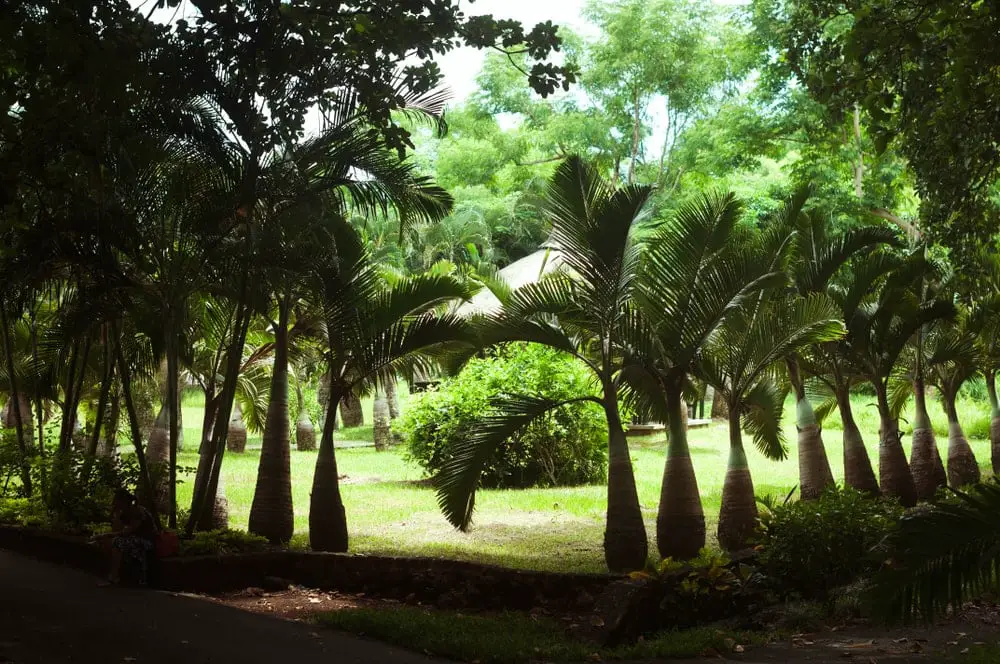
5. Care
Be sure to observe carefully and watch for any signs of disease or pests. If proper care is taken, growing a Bottle Palm is a very easy plant to grow. Just provide good high-potassium food and bright light. Also remember to moderate moisture in the soil.
It should be balanced, not too moist or dry. If not given the proper treatment, such as too much moisture, this could result in plant disease caused by moisture-loving fungi.
7. Trimming
Trimming, like most other parts of caring about the Bottle Palm, is dependent on the climate the tree is living in. If it is living in a cooler environment, the palms will begin to turn brown and die. Don’t trim those branches immediately! Oftentimes, these dead palms will help conceal and warm the living part of the tree during the cooler months.
Plant covers for the bottle palm may also come in handy. Trimming may also be necessary when pests eat the palms, or disease spreads on the plant. Be attentive to the changes in your plant, and a small trim will be all you need to keep it healthy.
8. Growth
Expect your Bottle Palm plant to grow to about ten feet. It is not a quick process to get there, though. It takes the average bottle palm decades to grow to this height.
9. Native Habitat
The Bottle Palm originated in two places, both east of Madagascar: Round Island and the Mauritius Islands. They are located in the Indian Ocean. Interestingly enough, they are actually endangered on Round Island, whereas they are thriving in warmer areas in the US.
10. Temperature
Of course, based on what we know of the Bottle Palm, the plant prefers warmer temperatures. In its normal climate and growing environment, in places like Florida and Southern California, cooler temperatures shouldn’t be a problem, except for in rare cases when the temperature drops to the lower 30s Fahrenheit.
If this temperature is expected to happen where you live, it is definitely a safer choice to grow your Bottle Palm in a pot.
11. Light
This plant needs sunlight! Intense sunlight for at least part of the day is necessary for growth. Shady environments will not work to grow this plant. If you are growing your Bottle Palm indoors, make sure to position the palm in front of an open window where it can get plenty of sun.
12. Common Diseases
When it comes to caring for your plant, there are a few common signs that your palm may be in need of some extra attention. Leaf spots are brown, circular to elongated marks on the palm. This is a fungus, and though it likely will not kill the tree, it is often a sign that your plant is receiving too much moisture. In more severe cases, use fungicides to rid the palm of these spots. Otherwise, they will go away on their own.
Bud rot is another common diseases, occurring most often after a tropical storm. It affects the leaves, wilting them and showing black lesions. Unlike the first diseases, recovery of the plant is much less likely, and if this occurs, it is better to remove the plant in order to prevent a spread. Finally, Ganoderma Root is a disease also caused by fungus. Palm fronds will droop and yellow. Roots will begin to decay.
The palm can last for a few years after infection, but it is almost impossible to recover your palm from this disease. Be sure to clear out any dead roots, stumps, and trunks in the area after removing the plant. Do not plant another palm in the same spot, since this disease is known to live in the soil.
Similar post: Pachypodium (Madagascar Palm) Care & Growing Guide
Conclusion
Despite the diseases mentioned above, the Bottle Palm is a sturdy, attractive addition for a gardener’s home that will not be too difficult to maintain. If proper care is taken, your Bottle Palm will live a long and healthy life.
As a reminder, this plant needs lots of sunlight and potassium-filled soil. Water generously when you first plant your palm, so that it can grow with strong, deep roots for years to come. This investment is one that will be well worth it, when you see this simple, distinctly Southern plant grow alongside your other plants, or solo as a statement to your front or backyard.
Go out and get your Bottle Palm today, and enjoy decades of a bright, green accessory to your Southern home or garden.
Also read:
Victoria is the owner and main author of hobby plants. She loves spending her free time in her garden planting and taking care of her plants. Victoria hopes you enjoy the content here!
![Majesty Palm Plant Care: [Complete Beginner's Guide] Majesty Palm Plant Care: [Complete Beginner's Guide]](https://www.hobbyplants.com/wp-content/uploads/2022/08/majesty-palm-care-300x158.jpg)
![Why Does My Majesty Palm Have Brown Tips? [EXPLAINED] Why Does My Majesty Palm Have Brown Tips? [EXPLAINED]](https://www.hobbyplants.com/wp-content/uploads/2022/08/majesty-palm-brown-tips-300x158.jpg)
![What Causes Brown Tips on A Ponytail Palm? [EXPLAINED] What Causes Brown Tips on A Ponytail Palm? [EXPLAINED]](https://www.hobbyplants.com/wp-content/uploads/2022/08/brown-tips-on-ponytail-palm-300x158.jpg)

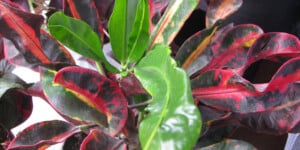
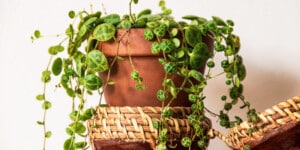
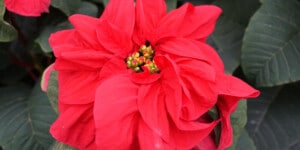
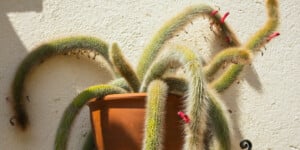
![Mother Of Thousands Plant [Complete Plant Care Guide] Mother Of Thousands Plant [Complete Plant Care Guide]](https://www.hobbyplants.com/wp-content/uploads/2022/07/mother-of-thousands-plant-300x158.jpg)
![How Often Should You Water Pothos? [Complete Care Guide] How Often Should You Water Pothos? [Complete Care Guide]](https://www.hobbyplants.com/wp-content/uploads/2022/07/how-often-to-water-pothos-300x158.jpg)
![Can Snake Plants Live Outside? [COMPLETE CARE GUIDE] Can Snake Plants Live Outside? [COMPLETE CARE GUIDE]](https://www.hobbyplants.com/wp-content/uploads/2022/08/can-snake-plants-live-outside-300x158.jpg)
![Exotic Angel Plant Care: [Complete Beginner's Guide] Exotic Angel Plant Care: [Complete Beginner's Guide]](https://www.hobbyplants.com/wp-content/uploads/2022/08/exotic-angel-plant-care-300x158.jpg)
